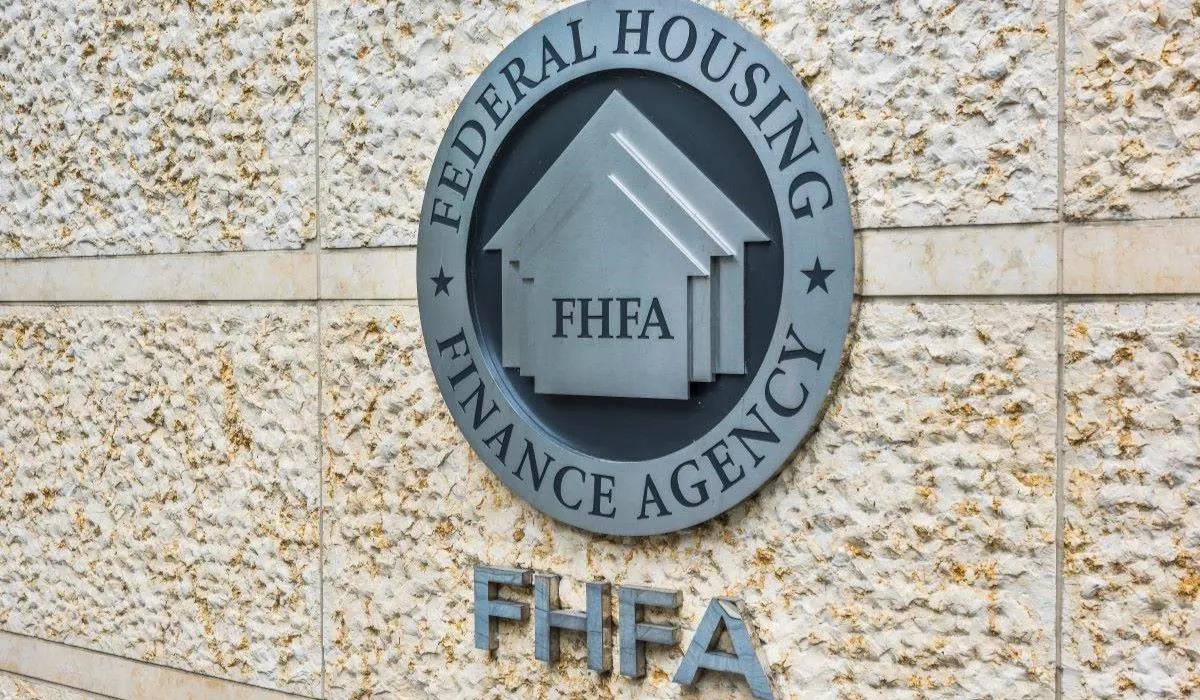Isaac Boltansky, managing director and director of policy research at BTIG, said on Tuesday that he does not believe “a second Biden administration is going to move quickly towards” addressing some technical issues to end the GSEs’ conservatorship.
In his opinion, the Biden administration may focus on initiatives to improve affordability, which may increase demand and exacerbate supply issues. He also expects attacks on the single-family rental space.
Meanwhile, if Trump wins, Boltansky said, “We’re going to have to be prepared for a real and serious effort to end the conservatorship.” According to him, “a second Trump administration will at least start trying to answer some of those structural questions that you’ve got to get clarity on before the end of the conservatorship.”
Boltansky spoke on stage this week during a session about revisiting GSE reform during the Mortgage Bankers Association‘s (MBA) 2024 Secondary and Capital Markets Conference and Expo.
The Housing and Economic Recovery Act (HERA) was signed into law about 15 years ago when the Federal Housing Finance Agency (FHFA) took over Fannie Mae and Freddie Mac. Mortgage market experts contend that, after paying back a $191 billion bailout and almost $100 billion more in profits to taxpayers, the GSEs should return to private ownership.
Jaret Seiberg, managing director and financial policy analyst at TD Cowen, said that the first Trump administration had the “perfect combination” to end the conservatorship due to an alignment between leadership at the FHFA and the U.S. Department of the Treasury, but officials “couldn’t get it to the finish line partly because there was a White House resistance.”
According to Seiberg, ending the GSEs’ conservatorship has a political cost. “Nobody is going to vote for you if you release the GSEs. You are going to lose an election.” And that’s true even if there’s no possibility of a third term since others in the administration would want to stay in power.
Next year, policymakers in Washington will once again confront the nation’s debt limit since its current suspension ends at midnight on January 2, 2025, according to the Fiscal Responsibility Act (FRA). They will also have to deal with Trump-era tax cuts that are set to expire after 2025.
Seiberg said he doesn’t see “bandwidth at the high levels of the Treasury” until those issues are resolved.
Structural issues
There are also some structural aspects related to ending the conservatorship. According to the analysts, when considering both enterprises, there’s a liquidation preference of about $320 billion in shares owned by the Treasury and nearly $30 billion owned by investors and hedge funds.
In addition, the Treasury received warrants to purchase 79.9% of the GSEs’ common stock as part of its agreement with the FHFA in 2021 to amend their Preferred Stock Purchase Agreements.
“There’s a liquidation preference of $320 billion in aggregate on top of the capital stack, and we got to do something with that. That’s money owed to Uncle Sam, and that hasn’t disappeared,” Boltansky said. “There needs to be a political decision made about whether you’re forgiving that, which has huge political contributions or baggage, and you also have real questions about what these enterprises should earn.”
Seiberg added that it’s “tough to advocate” for giving away $320 billion amid a debt limit debate. Beyond the political consequences, there are some legal limitations and hurdles since the Treasury would have to explain this decision. In addition, hedge fund investors are focused on what will happen to their preferred shares that they’ve held since roughly 2008.
“A broader market question would be: can the private-label securitization market be back? For everybody in this room, we need to be careful about what we’re wishing for,” Seiberg said.
Source link









